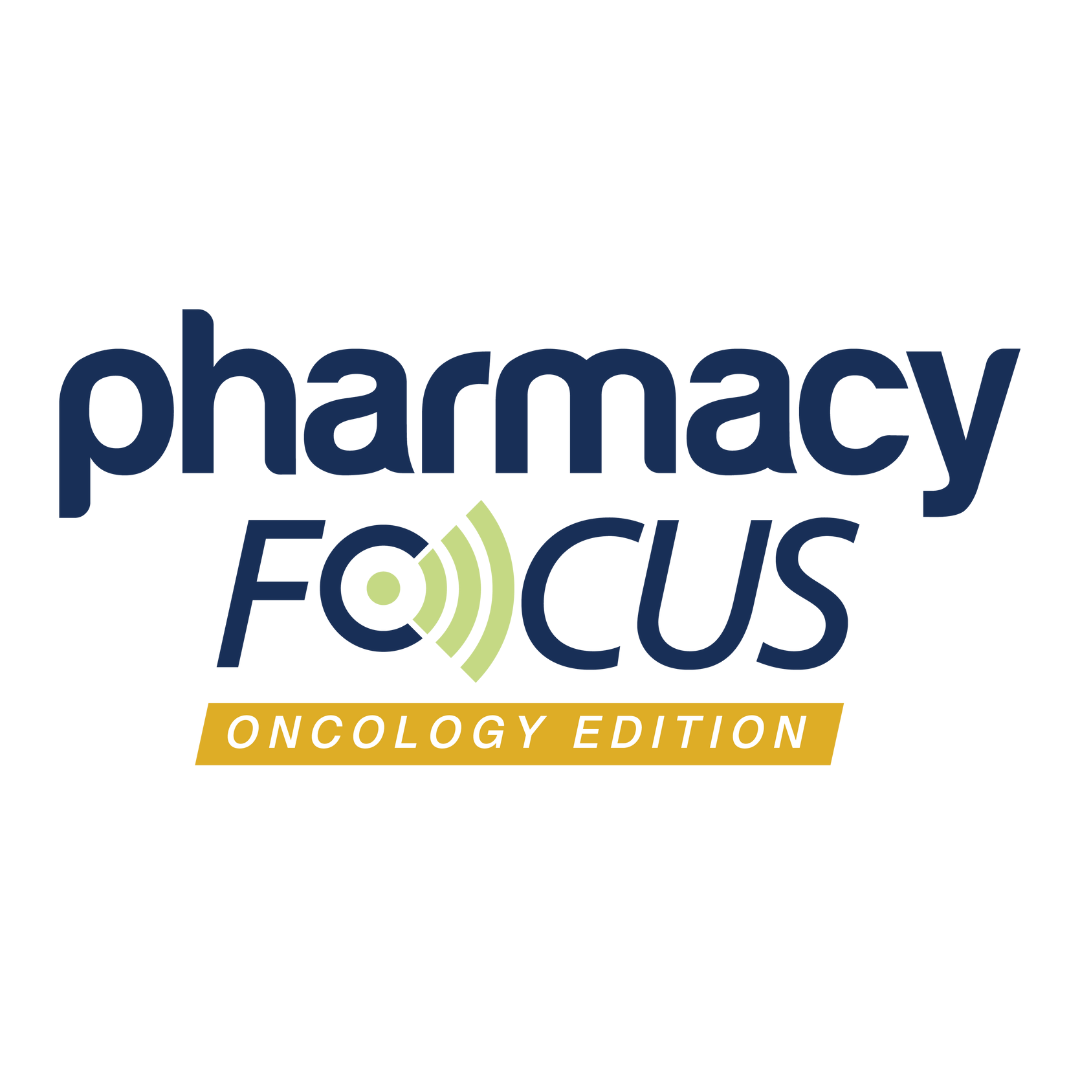Commentary
Article
NCCN Flash Update: Linvoseltamab Added as Preferred Regimen After 4 Prior Therapies for Multiple Myeloma
Author(s):
Fact checked by:
The National Comprehensive Cancer Network (NCCN) has released multiple myeloma guidelines version 2.2026 to include linvoseltamab as a preferred treatment for heavily pretreated patients, highlighting its intravenous formulation, dosing options, and streamlined Risk Evaluation and Mitigation Strategy program.
The National Comprehensive Cancer Network (NCCN) has released version 2.2026 of the NCCN Clinical Practice Guidelines in Oncology for multiple myeloma, with corresponding updates to the NCCN Drugs & Biologics Compendium. Among the notable changes is the addition of linvoseltamab-gcpt (Lynozyfic; Regeneron Pharmaceuticals) as a preferred treatment option for patients who have received at least 4 prior lines of therapy, including an anti-CD38 monoclonal antibody, a proteasome inhibitor (PI), and an immunomodulatory drug.
Linvoseltamab Joins Expanding BCMA Bispecific Class
Linvoseltamab, a BCMAxCD3 T-cell engager (TCE), is now the third BCMA-targeted bispecific antibody to enter the market, following teclistamab (Tecvayli; Janssen) and elranatamab (Elrexfio; Pfizer). It is administered via intravenous (IV) infusion rather than subcutaneously, with a reduced infusion time of 30 minutes after 10 weekly treatment doses on the weekly dosing schedule. Importantly, its label includes a once-every-4-weeks (Q4W) dosing option following step-up, weekly, and biweekly dosing for those who have achieved and maintained VGPR or better at or after week 24 and received at least 17 doses of 200 mg—an increasingly adopted schedule across bispecific platforms.
“Linvoseltamab is third to market in the BCMA TCE class, but its IV formulation, numerically lower rates of [cytokine release syndrome (CRS)], and the availability of a Q4W dosing option at launch are notable,” said Matthew Lei, PharmD, BCOP, a clinical pharmacy specialist in lymphoma at the Massachusetts General Hospital in Boston and Pharmacy Practice in Focus: Oncology editorial advisory board member. “Interestingly, elranatamab’s PI was also updated to include Q4W dosing, while teclistamab currently lacks that option on-label for now.”
Lei noted that although many academic centers have already implemented Q4W dosing in practice for patients with a deep sustained response, having it explicitly on the label is impactful for institutions or providers more broadly beyond academic centers.
Simplified REMS Program and Inpatient Monitoring Advantages
Another practical consideration highlighted by Lei is the design of the Risk Evaluation and Mitigation Strategy (REMS) program for linvoseltamab. The REMS allows subsequent prescriptions from the same provider for the same patient without a new REMS dispense authorization code, a clarification that may reduce administrative burden.
“Regeneron has worked with the FDA to provide additional clarity compared to the language in other bispecific REMS programs,” Lei explained. “Pfizer and Janssen likely will update their REMS language for elranatamab and teclistamab, but that may take time.”
On the safety monitoring front, the linvoseltamab label recommends 24-hour inpatient observation after each of the first 2 step-up doses—a schedule that Lei described as “possibly less cumbersome” than existing labeled recommendations for teclistamab and elranatamab. Weekly step-up dosing allow additional flexibility for outpatient administration in select patients, depending on disease tempo and logistical factors such as travel and scheduling.
Pharmacists’ Role in Integrating Bispecific Antibodies
With the growing number of bispecific antibodies entering clinical practice, oncology pharmacists are essential to navigating therapeutic sequencing, toxicity management, and REMS compliance. As linvoseltamab becomes available, pharmacists will be critical in:
- Evaluating eligibility based on prior therapy and patient-specific factors;
- Managing CRS and other immune-related toxicities;
- Coordinating infusion schedules and patient monitoring, particularly in outpatient settings;
- And interpreting REMS language and ensuring proper documentation workflows.
Looking Ahead: Combinations, Curative Platforms, and Developmental Strategies
While single-agent linvoseltamab expands treatment options for heavily pretreated patients, Lei emphasized that there is a present and growing focus on investigational combinations in earlier lines of therapy.
“The excitement is around curative strategies that combine anti-CD38 monoclonal antibodies, cellular therapies, and TCEs to obtain sustained measurable residual disease negativity for patients with newly diagnosed multiple myeloma,” Lei said. “We’re also seeing interest in dual-target CAR T platforms, including BCMA/CD19 constructs, especially in light of CD138-negative myeloma subpopulations potentially driving disease relapse.”
REFERENCE
NCCN. Clinical Practice Guidelines in Oncology. Multiple myeloma, version 2.2026. July 16, 2025. Accessed July 18, 2025. https://www.nccn.org/professionals/physician_gls/pdf/myeloma.pdf
Newsletter
Stay informed on drug updates, treatment guidelines, and pharmacy practice trends—subscribe to Pharmacy Times for weekly clinical insights.





